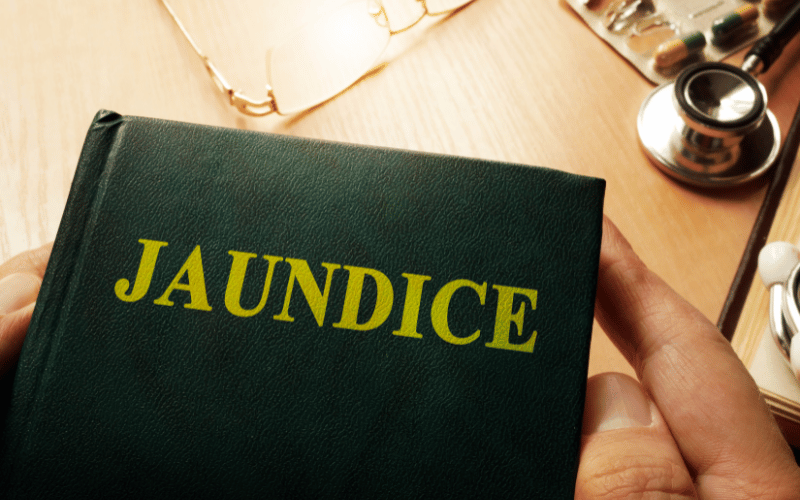4. Jaundice: When the Skin and Eyes Reveal Internal Trouble

Jaundice is often a startling symptom for many—it’s hard not to notice when your skin and the whites of your eyes take on a yellow tint. This discoloration is due to an accumulation of bilirubin, a yellowish pigment that is normally processed by the liver and passed into the intestines through the bile ducts. When the gallbladder ruptures, the flow of bile can be disrupted, leading to an excess of bilirubin in the bloodstream, which then seeps into the skin and eyes.
Jaundice itself isn’t painful, but it’s a visual sign that can’t be ignored. It’s an indicator of a bile duct blockage or liver malfunction—issues that can arise when a ruptured gallbladder complicates the normal flow of bile. The onset of jaundice in the context of gallbladder rupture is particularly concerning as it points to a widespread impact on the body’s systems, beyond the gallbladder itself.
Apart from the skin and eyes, jaundice may also cause the urine to darken and stools to become lighter in color. This is because the excess bilirubin being filtered by the kidneys darkens the urine, while the lack of bilirubin reaching the intestines makes the stools pale. These changes in bodily excretions serve as additional visual cues to a system struggling with a significant malfunction.
Jaundice also comes with a sense of fatigue and general malaise, subtle yet pervasive symptoms that may not be as immediately alarming as severe pain or fever but are equally telling of the body’s distressed state. (4)